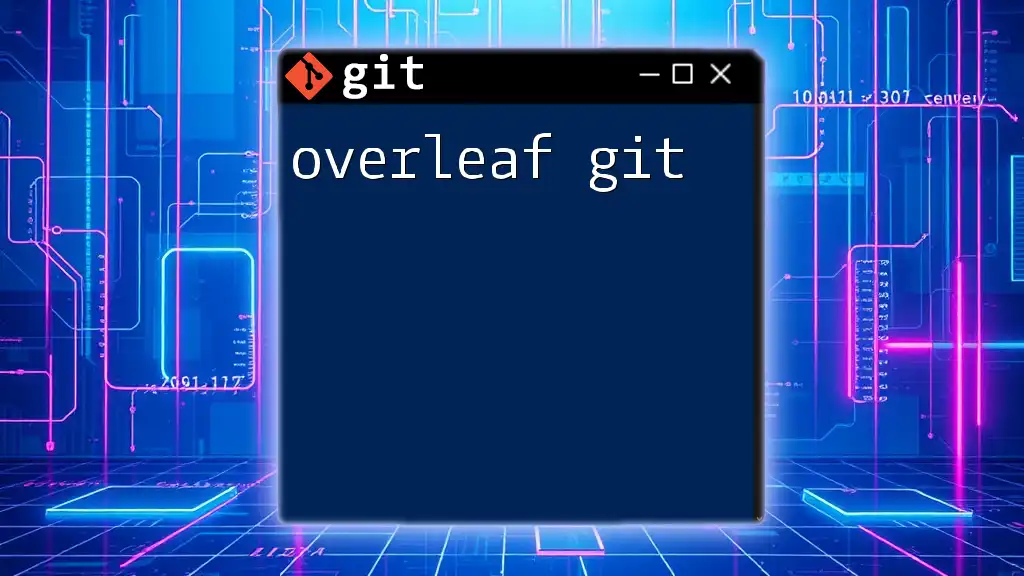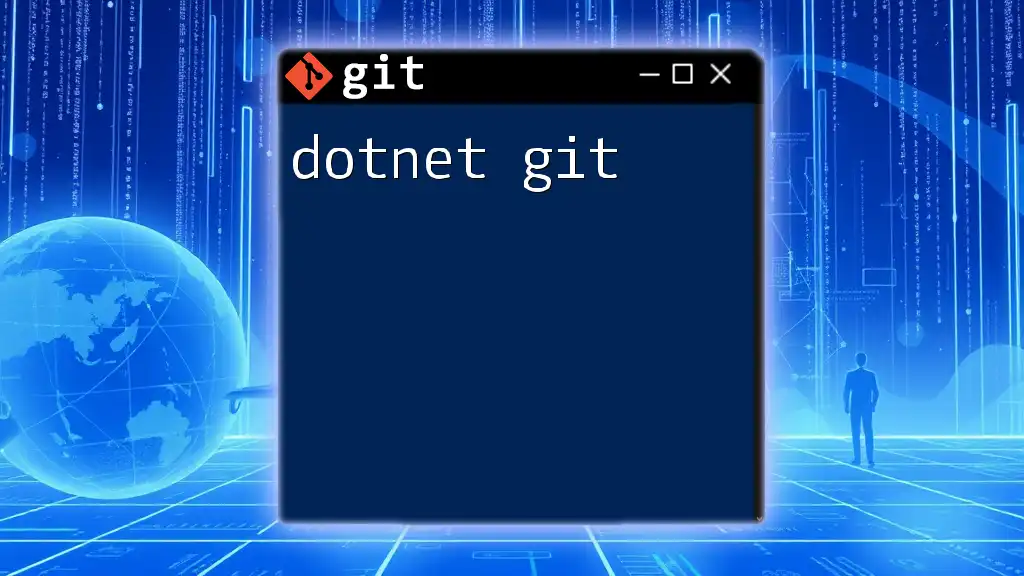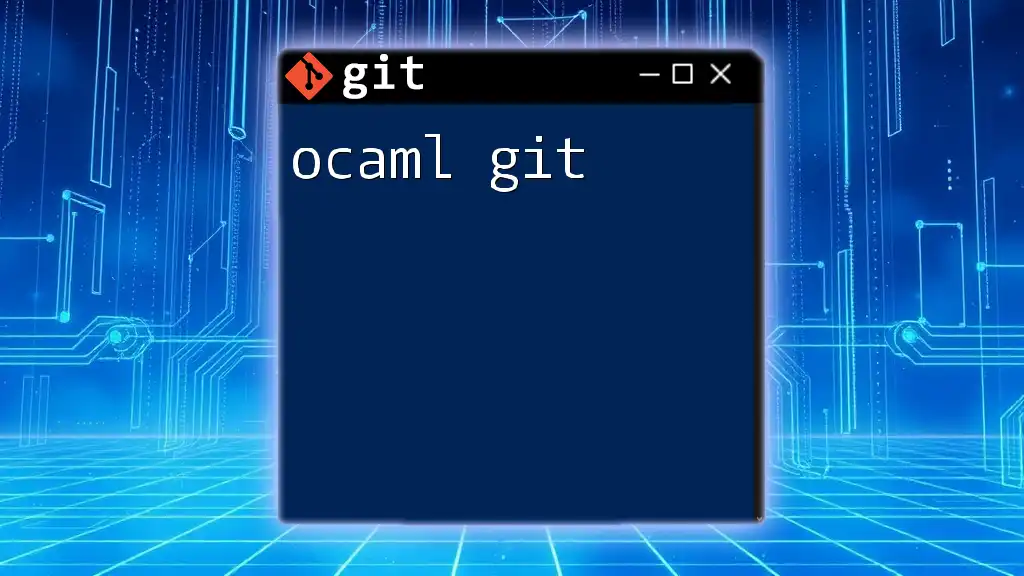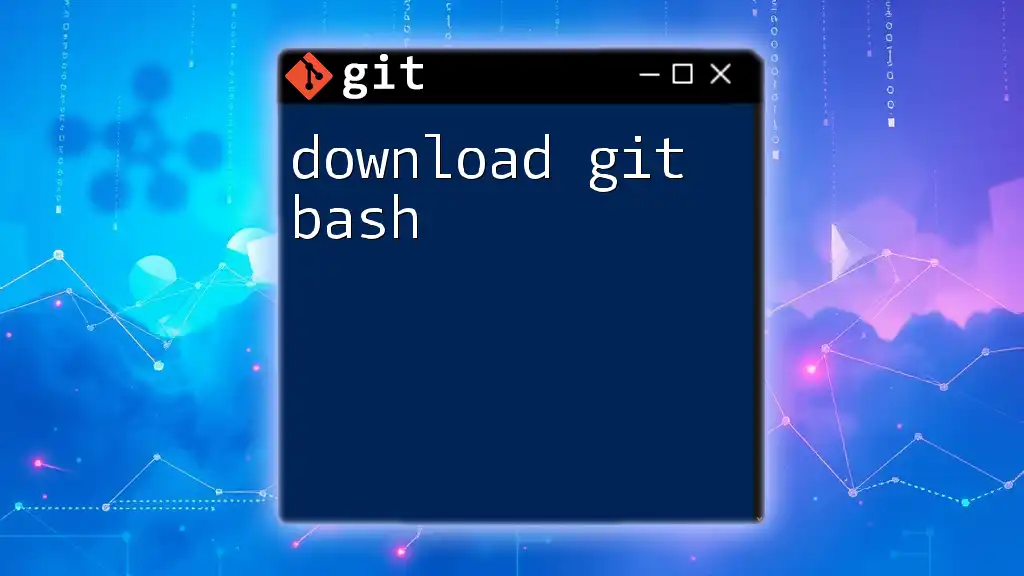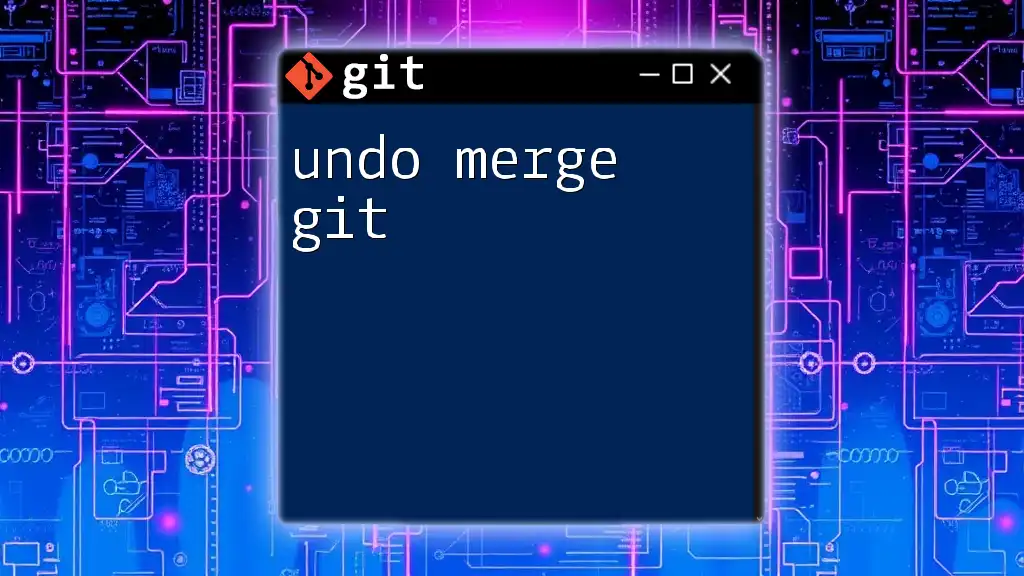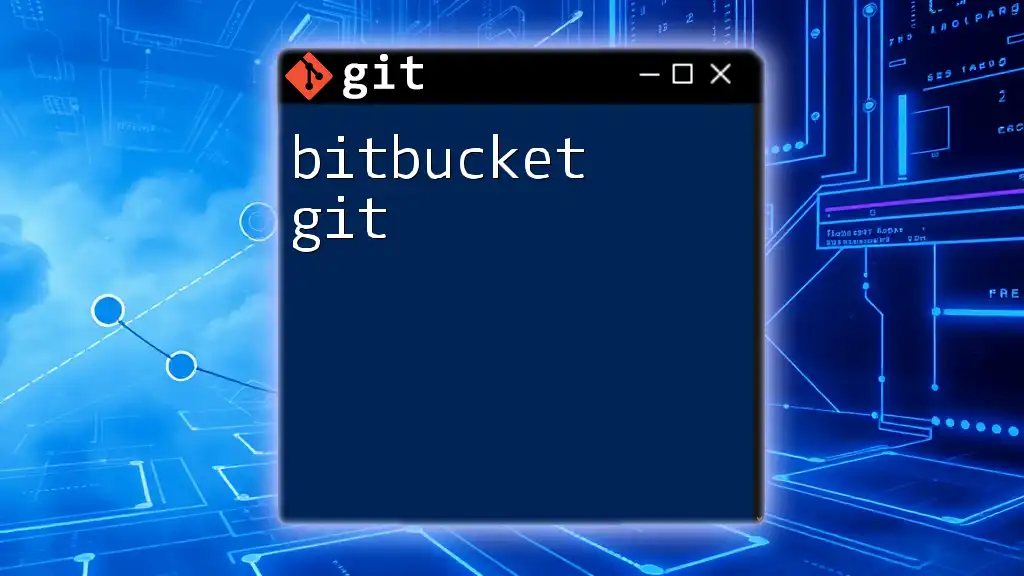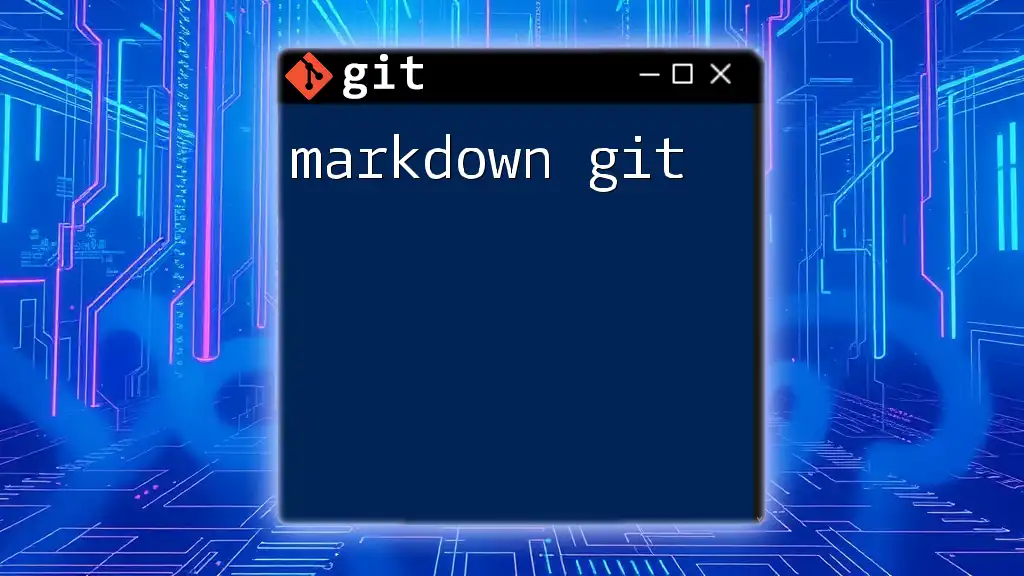Docker and Git can be integrated to streamline the development workflow by allowing developers to manage their code versions while packaging applications into containers for consistent deployment.
Here's a code snippet demonstrating how to clone a Git repository inside a Docker container:
docker run -it --rm -v $(pwd):/app -w /app alpine/git clone https://github.com/username/repository.git
Understanding Git
What is Git?
Git is a distributed version control system designed to handle projects of any size and complexity. It allows multiple developers to work on the same codebase simultaneously without overwriting each other's changes. Key features of Git include branching, merging, and a robust history tracking system, making it an essential tool in modern software development.
Basic Git Commands
To effectively use Git, you need to familiarize yourself with some fundamental commands:
-
git init: This command initializes a new Git repository in your directory, creating the hidden `.git` folder.
git init -
git clone: This command is used to copy an existing repository from a remote source. This is particularly useful when you want to gain access to a project that is hosted on platforms like GitHub or GitLab.
git clone [repository-url] -
git add and git commit: When you've made changes to your files, you use `git add` to stage those changes, preparing them for a commit. After staging, `git commit` creates a snapshot of your changes, allowing you to document your development process.
git add [file-name] git commit -m "Your commit message here" -
git push and git pull: To continuously update your remote repository, you will use `git push` to upload your local commits to the remote server. Conversely, `git pull` fetches and integrates changes from a remote repository into your local working directory.
git push origin [branch-name] git pull origin [branch-name]
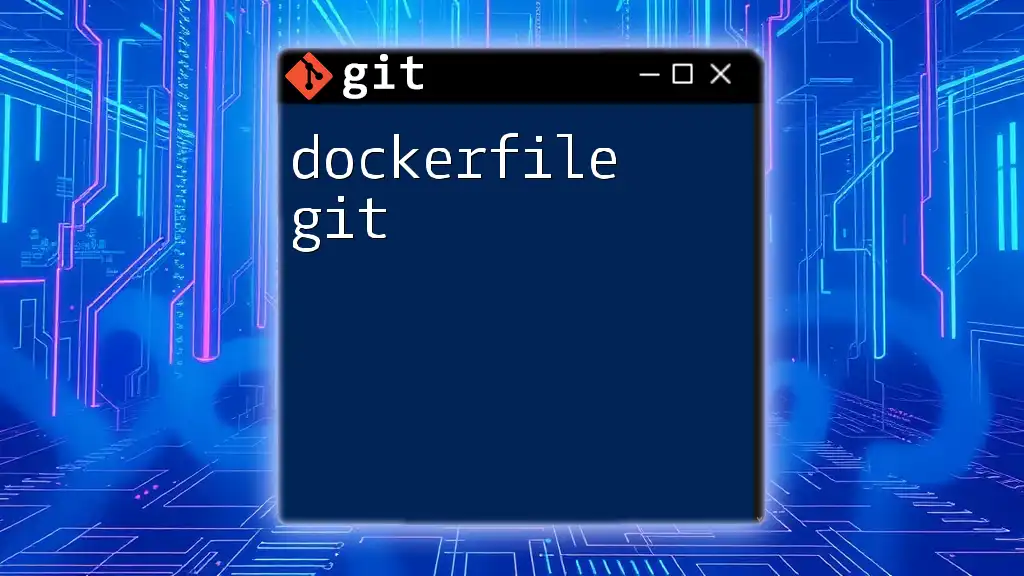
Understanding Docker
What is Docker?
Docker is a platform that simplifies the process of developing, shipping, and running applications inside containers. Containerization allows developers to package applications with all their dependencies, ensuring consistent behavior across different environments, from local machines to production servers. Unlike traditional virtualization, Docker does not require spinning up entire virtual machines, thus saving resources and improving performance.
Key Docker Concepts
Understanding some key concepts is fundamental to using Docker effectively:
-
Images vs. Containers: Docker images are read-only templates that define what an application runs. When an image is executed, it becomes a container — a writable instance based on the image.
-
Dockerfile: This is a text document that contains all the commands needed to assemble an image. A well-structured Dockerfile is essential for automating and streamlining the process of setting up your application environment.
-
Docker Hub: This is a cloud-based repository where users can share and distribute Docker images. It's similar to GitHub but for Docker images.
-
Docker Compose: This tool is used to define and run multi-container Docker applications. By using the `docker-compose.yml` file, you can configure all the application’s services—including their images, networks, and volumes.
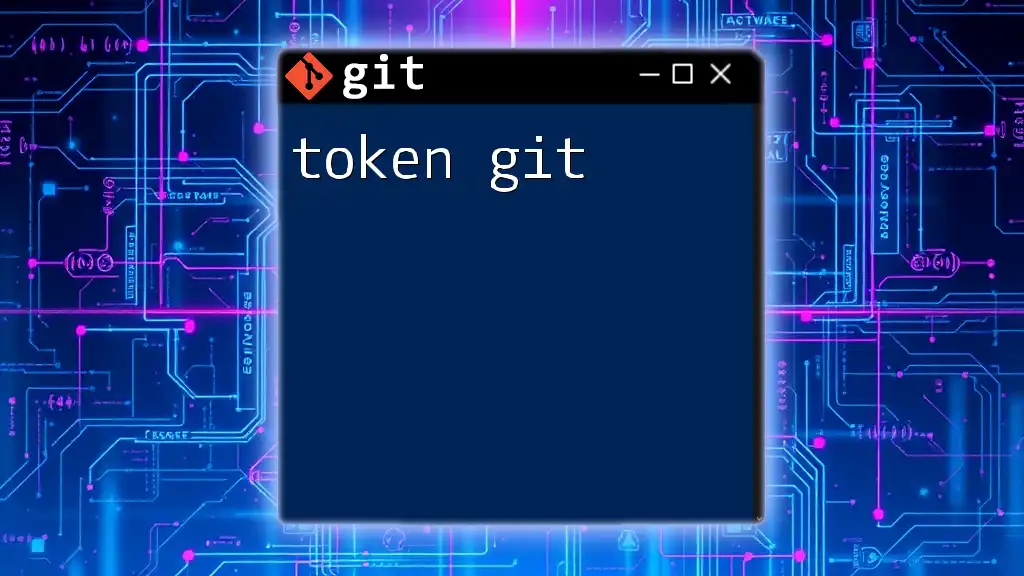
Combining Git and Docker
Why Use Git with Docker?
Integrating Git with Docker enhances your workflow significantly. Git provides version control, while Docker offers a consistent environment. Using both tools together allows teams to manage code and application configurations effectively, which is particularly vital in collaborative, distributed team settings.
Setting Up a Git Repository for Your Docker Project
Initializing a Git repository for your Docker project is straightforward. Navigate to your project directory and execute the following command:
git init
A typical project structure for a Dockerized application often includes the following directories and files:
my-docker-project/
│
├── app/ # Application source code
│ └── main.py
│
├── Dockerfile # Dockerfile for the application
│
├── docker-compose.yml # Docker Compose configuration
│
├── .gitignore # Files/folders to ignore in Git
│
└── README.md # Project documentation
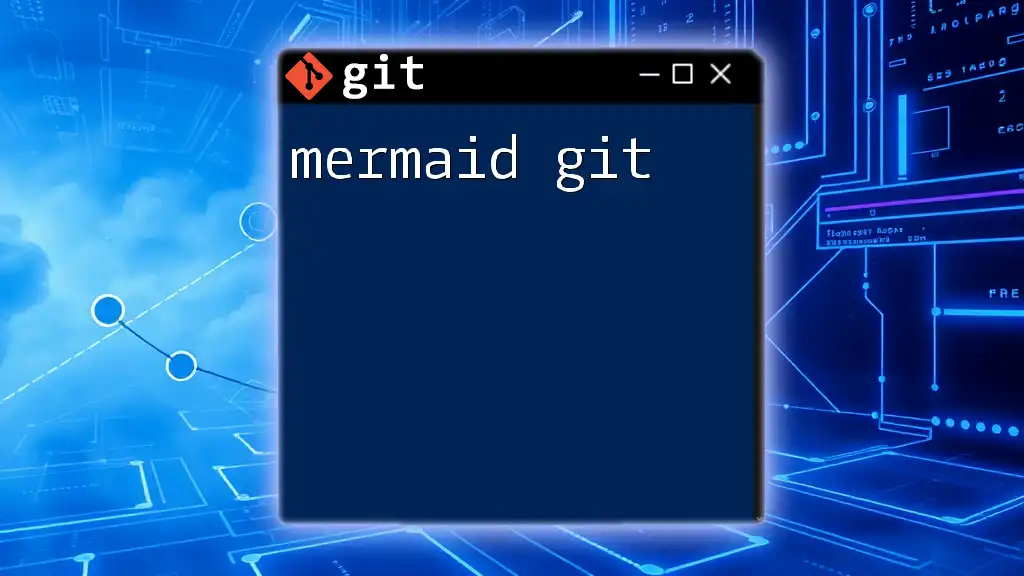
Using Git with Docker
Managing Dockerfiles with Git
When versioning Dockerfiles, it is crucial to follow a few best practices. Each time you make a significant change to your Dockerfile, make sure to commit the change with a descriptive message. This aids in tracking the evolution of how your container is built.
Here's a basic Dockerfile versioned in Git:
# Use an official Python runtime as a parent image
FROM python:3.8-slim
# Set the working directory in the container
WORKDIR /usr/src/app
# Copy the current directory contents into the container at /usr/src/app
COPY . .
# Install any needed packages specified in requirements.txt
RUN pip install --no-cache-dir -r requirements.txt
# Run app.py when the container launches
CMD ["python", "./app.py"]
Managing Docker Compose Files with Git
Docker Compose files are equally important. Keeping these files in your Git repository allows you to track changes related to service configurations. Here is an example of a simple `docker-compose.yml` file:
version: '3.8'
services:
web:
build: .
ports:
- "5000:5000"
volumes:
- .:/code
Handling Environment Variables
Here, environmental variables can often contain sensitive information such as API keys. It’s essential to store them in an `.env` file and make sure this file is added to your `.gitignore` to prevent it from being tracked by Git.
A basic .gitignore file may look like this:
.env
*.pyc
__pycache__/

Continuous Integration and Deployment with Docker and Git
Overview of CI/CD
Continuous Integration (CI) and Continuous Deployment (CD) are practices that automate the software development process. Integrating these practices with Docker and Git allows developers to ensure that applications are always in a releasable state.
Popular CI/CD Tools
Several tools facilitate CI/CD pipelines that work well with Docker and Git:
- GitHub Actions: Automate your workflow directly within GitHub.
- GitLab CI: Integrated version control and CI/CD pipeline.
- Jenkins: An open-source automation server often used to build, deploy, and automate.
Example Workflow Using GitHub Actions
To set up GitHub Actions for a Dockerized application, create a `.github/workflows/ci.yml` file in your repository. Here is a sample YAML configuration:
name: CI Pipeline
on:
push:
branches:
- main
pull_request:
branches:
- main
jobs:
build:
runs-on: ubuntu-latest
steps:
- name: Checkout code
uses: actions/checkout@v2
- name: Build Docker image
run: docker build . --tag my-app
- name: Run tests
run: docker run my-app pytest
This configuration triggers a build whenever you push changes to the main branch or create a pull request, ensuring that your Dockerized application is always tested and up-to-date.
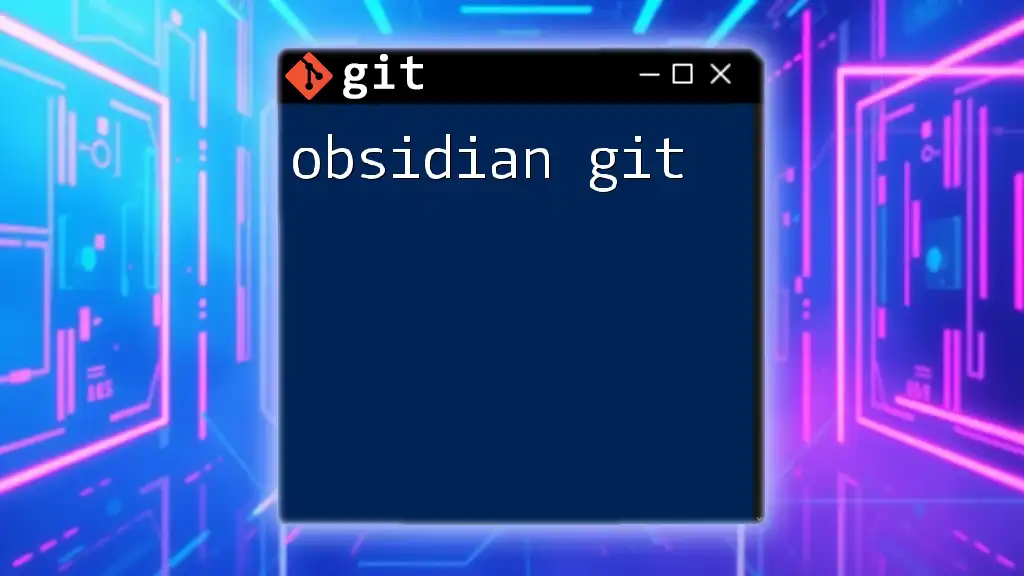
Troubleshooting Common Issues
Troubleshooting Git-related Issues with Docker
Whenever integrating Docker with Git, you may encounter conflicts, especially when multiple developers are working on Docker configurations. Use Git commands like `git status`, `git diff`, and `git log` to diagnose problems and resolve conflicts efficiently.
Debugging Docker Containers
When it comes to debugging Docker containers, leveraging container logs and executing interactive shells can be invaluable. To view the logs of a running container, you can use:
docker logs [container-id]
If you need to execute a command inside a running container, use:
docker exec -it [container-id] /bin/bash
Example Commands to Inspect Running Docker Containers
Keep the following commands in mind to help inspect and debug running Docker instances efficiently:
-
To display all running containers:
docker ps -
To view detailed information about a container:
docker inspect [container-id]
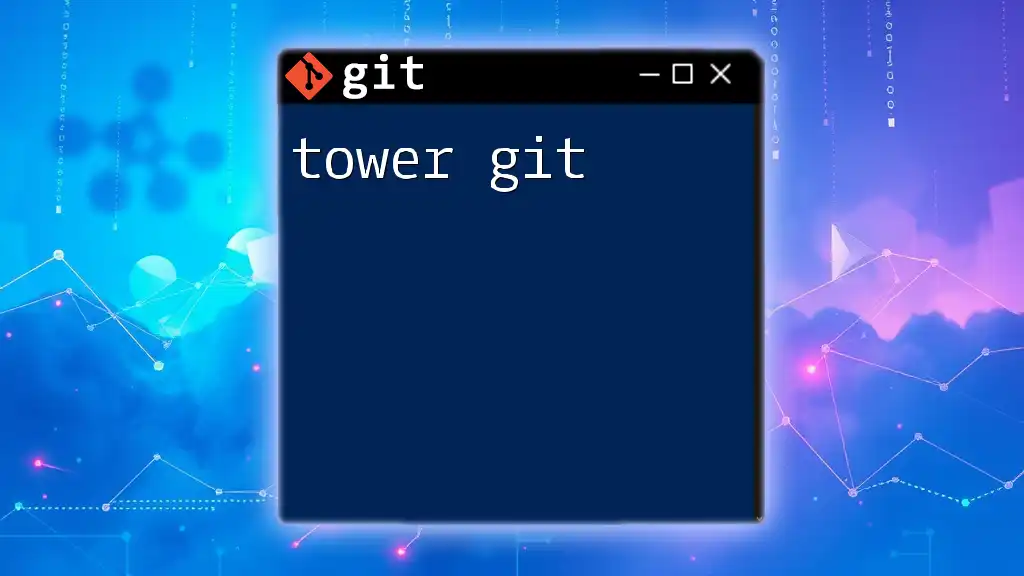
Conclusion
Utilizing Docker and Git together streamlines your development workflow, ensuring that your applications are portable, consistent, and easy to manage. The flexibility and power they provide, particularly in collaborative environments, make them indispensable tools for modern software development. By adopting these technologies, you're not just keeping up — you're staying ahead of the curve.
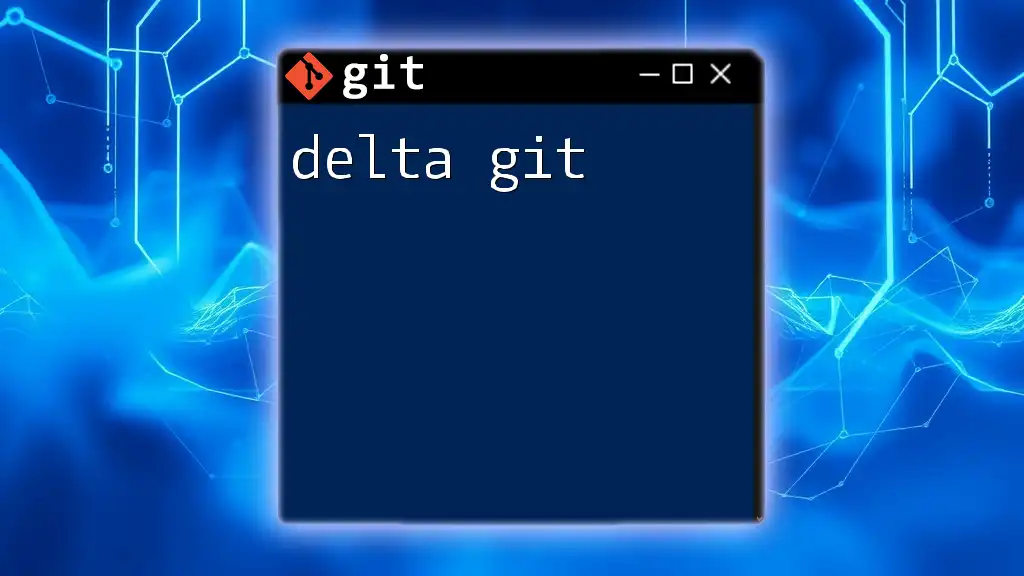
Additional Resources
For further learning, explore books, online courses, and tutorials that delve deeper into Docker and Git. Additionally, visit their official documentation for the latest features and best practices, and consider joining community forums or contributing to open-source projects to expand your knowledge and network.







